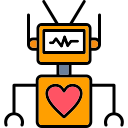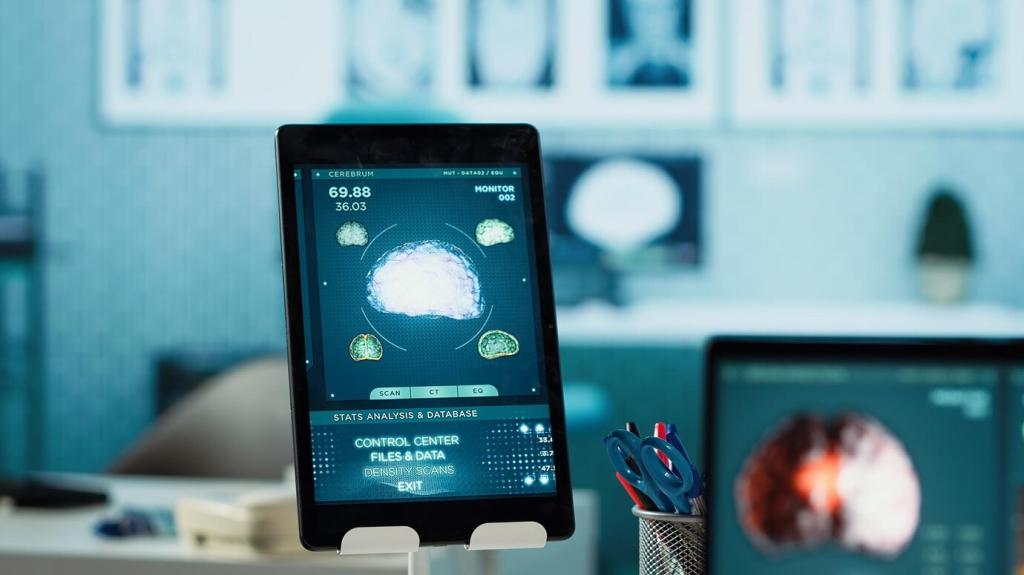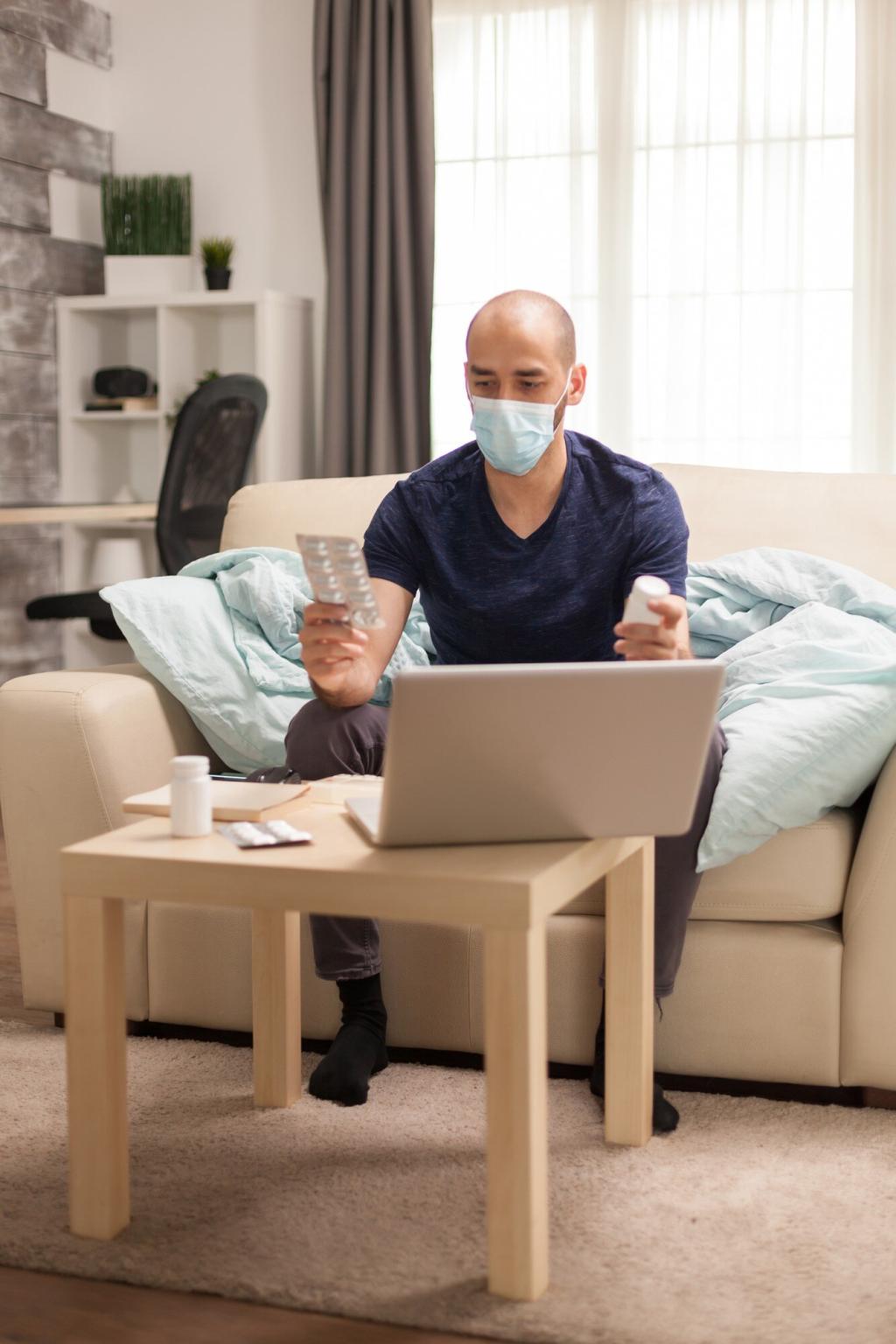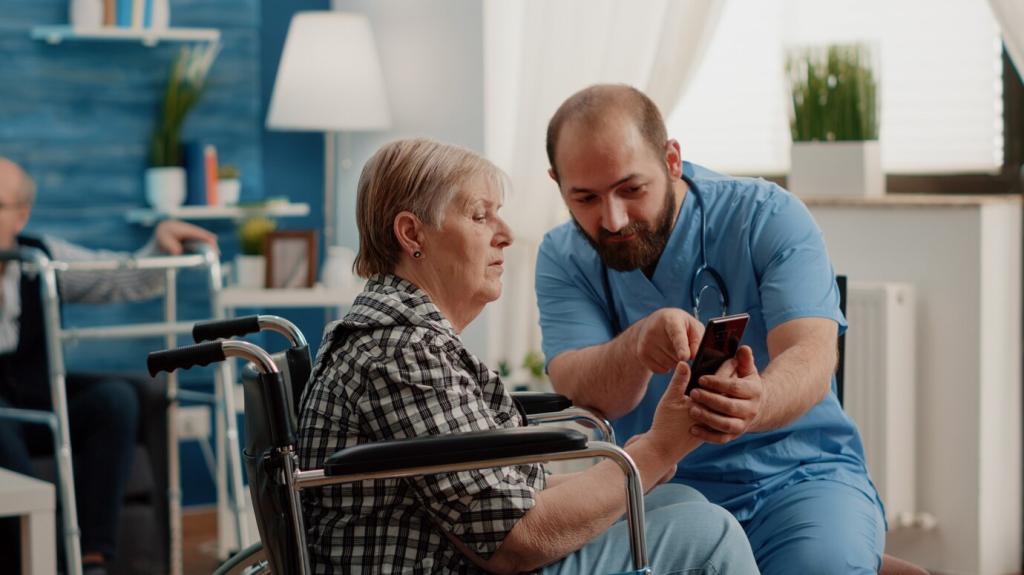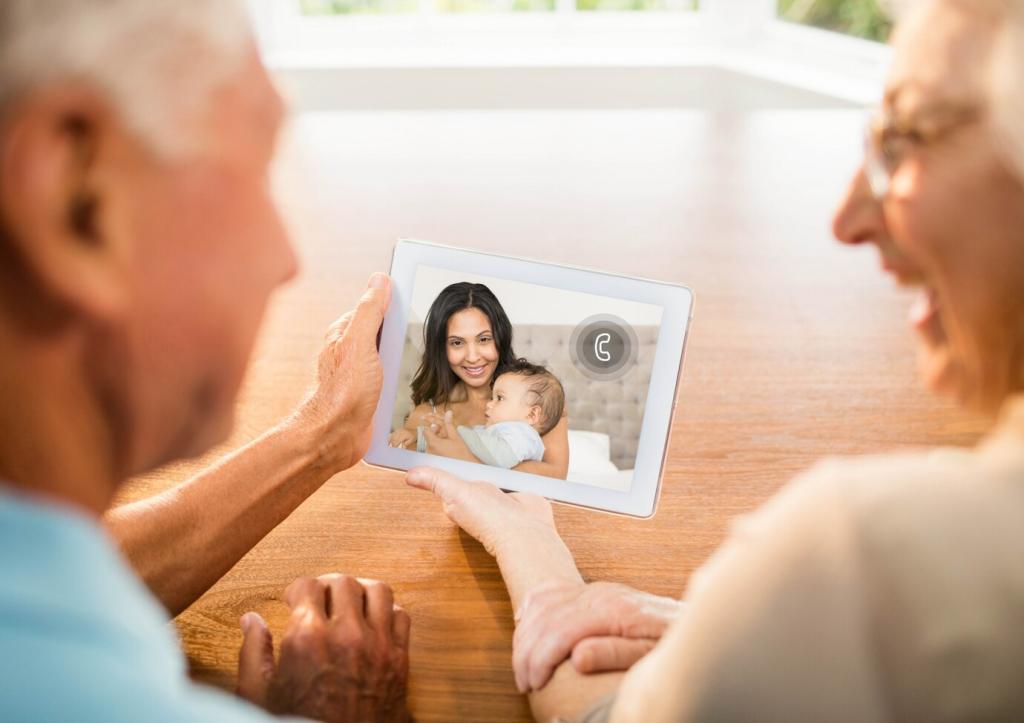Real Stories: When Seconds Count
Marcia tripped on a bathmat at 2 a.m. The system detected a rapid descent and lack of movement, asked her to confirm, then alerted her daughter. Help arrived within minutes, and a fractured wrist didn’t become something worse.
Real Stories: When Seconds Count
After knee replacement, Tomas feared walking alone. Wearing a discreet pendant and adding hallway sensors, he practiced short laps. Alerts stayed silent—his progress showed up in activity graphs, reassuring him and his therapist. Share your recovery wins.
